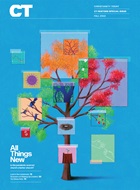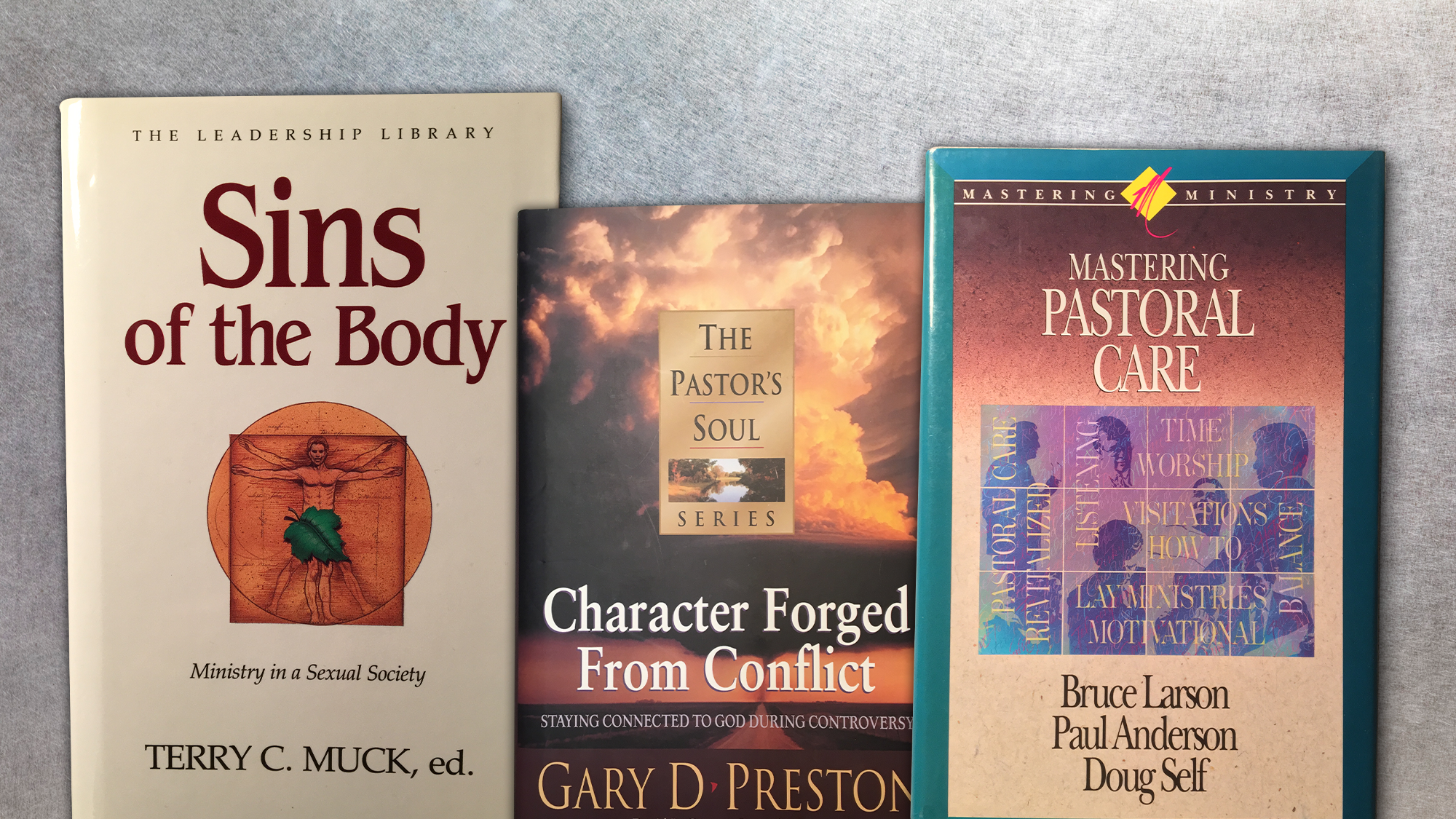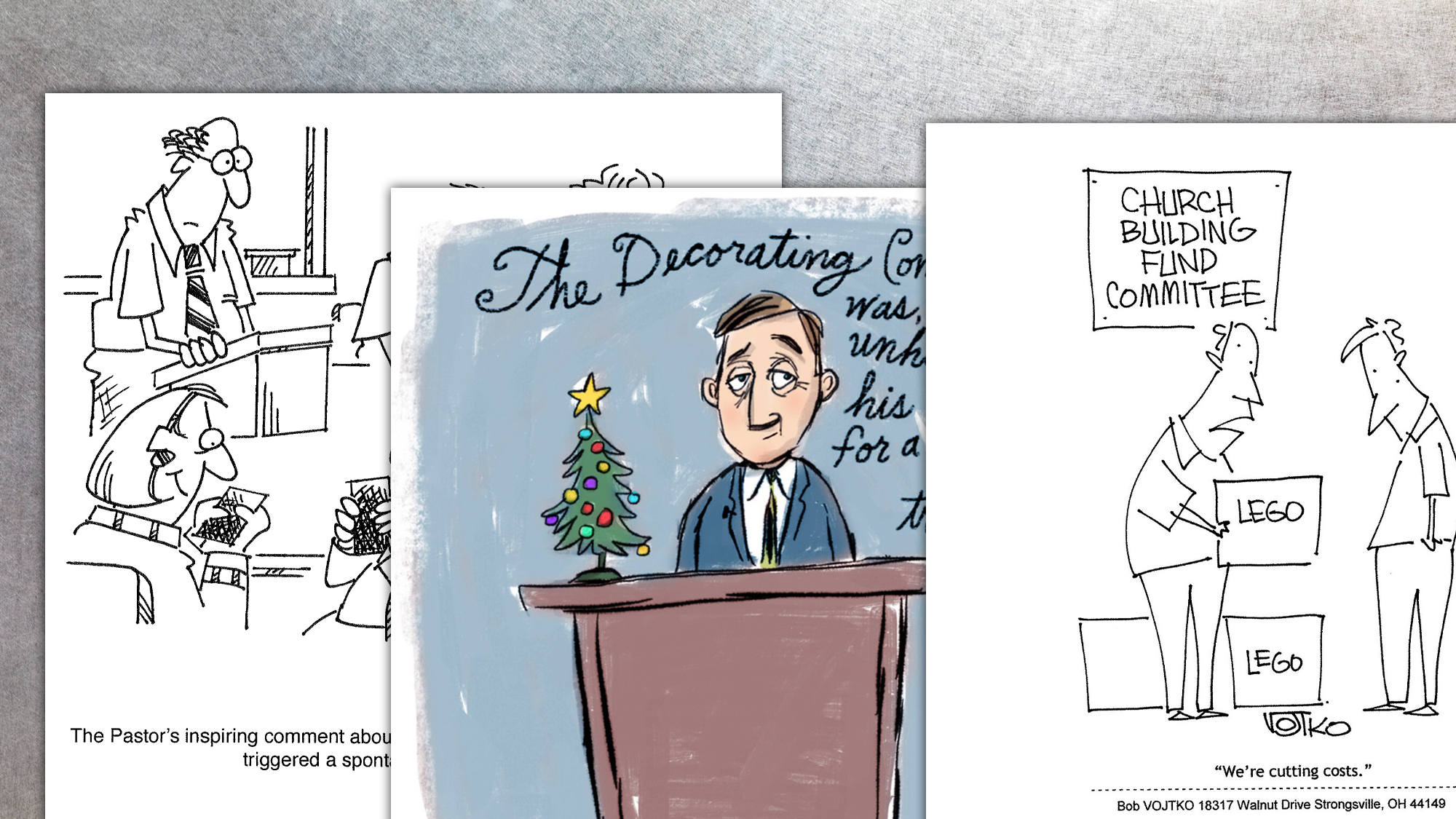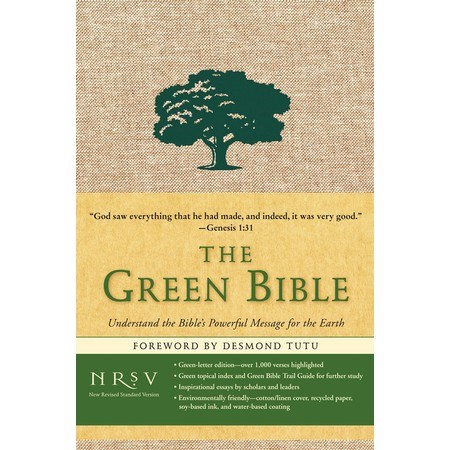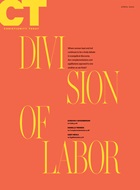Late yesterday afternoon, I received a copy of The Green Bible (HarperOne), and I'm not sure what to make of it.
The Bible is "green" in composition, which I appreciate. Its pages are made of 10 percent post-consumer recycled paper, the words are printed with soy-based ink, and the binding is 100 percent cotton/linen. It is certainly a good-looking book (that marketing sleeve comes off). And it smells nice. I wouldn't mind if my bookshelves were lined with cotton covers.
But to put things in perspective, Thomas Nelson released a "green" Bible printed on recycled paper - the first of its kind - almost a year ago. So it's not the composition but the content of HarperOne's ecologically friendly canon that makes it unique.
Before they make it to Genesis, Green Bible readers encounter an impressive roll of contributors, each offering a sermon or article on some aspect of creation care: "Reading the Bible through a Green Lens" and "Knowing Our Place on Earth: Learning Environmental Responsibility ...
1
Support Our Work
Subscribe to CT for less than $4.25/month







